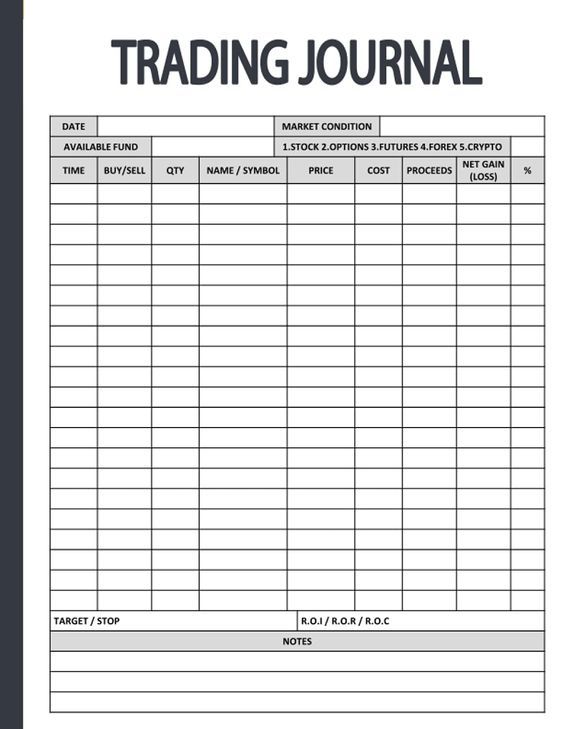
Finance Memes: The Unexpected Path to Viral Fame (and Maybe Financial Literacy)
In the digital age, where attention spans are shorter than ever, finance might seem like the last topic to capture the internet’s imagination. Yet, a peculiar phenomenon has emerged: finance memes. These humorous, relatable, and often self-deprecating snippets of internet culture have found a way to resonate with a broad audience, turning complex financial concepts into easily digestible and shareable content. But what makes a finance meme go viral, and is there a deeper impact beyond the laughs?
The Rise of Finance Memes: From Obscurity to Ubiquity
Finance memes are not a new concept, but their prevalence has exploded in recent years. Several factors have contributed to this surge:
- The Democratization of Finance: Platforms like Robinhood and other online brokers have made investing more accessible to the masses. This influx of new investors, often with limited experience, has created a shared sense of bewilderment and humor in navigating the financial markets.
- Social Media’s Influence: Platforms like Twitter, Reddit (particularly subreddits like r/wallstreetbets and r/finance), Instagram, and TikTok have become breeding grounds for meme culture. Their visual nature and ease of sharing make them ideal for spreading memes rapidly.
- Relatability: Finance memes often tap into universal experiences, such as the struggle to pay bills, the frustration of student loan debt, or the excitement (and fear) of investing.
- A Counter-Narrative: In a world often dominated by serious financial news and jargon, finance memes offer a refreshing dose of levity and a way to poke fun at the often-intimidating world of money.
Anatomy of a Viral Finance Meme: Key Ingredients
While predicting virality is never an exact science, certain elements tend to make a finance meme more likely to spread:
- Humor: This is the cornerstone. The meme should be funny, whether through witty wordplay, absurd scenarios, or relatable observations.
- Relatability: The meme should resonate with a wide audience. Common themes include:
- Student loan debt: A perennial favorite, given the widespread burden of student loans.
- The struggle to save: Highlighting the challenges of saving money in the face of rising costs and stagnant wages.
- Investing mishaps: Depicting the pitfalls and occasional triumphs of investing, often with a self-deprecating tone.
- Workplace woes: Reflecting the frustrations of office life and the pursuit of financial security.
- Simplicity: The meme should be easy to understand at a glance. Complex financial concepts should be distilled into a simple, visually appealing format.
- Timeliness: Memes that reference current events or trending topics are more likely to gain traction.
- Visual Appeal: A strong visual element, whether it’s a recognizable meme template, a funny image, or a well-designed graphic, is crucial.
- Shareability: The meme should be easy to share across various platforms.
Examples of Viral Finance Meme Themes
-
The "Stonks" Meme: This meme, featuring a crudely drawn character pointing to a stock chart, became a symbol of the amateur investor’s enthusiasm (and sometimes recklessness) during the meme stock craze of 2021. It perfectly captured the blend of excitement and naiveté that characterized the era.
-
Dogecoin and Cryptocurrency Memes: The volatile nature of cryptocurrencies has provided endless fodder for memes. Dogecoin, in particular, became a meme in itself, with its Shiba Inu mascot and ironic embrace by internet communities.
-
The "Distracted Boyfriend" Meme: This versatile template has been used to depict financial infidelity (e.g., being tempted to spend money on something frivolous instead of saving) or to satirize investment choices.
-
Inflation and Cost of Living Memes: As inflation has risen in recent years, memes highlighting the absurdity of rising prices have become increasingly popular. These memes often use humor to express the frustration and anxiety surrounding the rising cost of living.
-
Work-Life Balance and "Quiet Quitting" Memes: These memes touch on the desire for better work-life balance and the phenomenon of "quiet quitting" (doing the bare minimum at work). They often reflect the disillusionment of workers who feel undervalued or overworked.
The Impact of Finance Memes: More Than Just a Laugh?
While finance memes are primarily intended to entertain, they can also have a positive impact:
- Demystifying Finance: By breaking down complex topics into simple, relatable formats, memes can make finance less intimidating and more accessible to a wider audience.
- Promoting Financial Literacy: While not a substitute for formal education, memes can spark interest in financial topics and encourage people to learn more.
- Building Community: Finance memes can create a sense of community among people who share similar financial experiences. This can lead to valuable discussions and support.
- Raising Awareness: Memes can be used to raise awareness about important financial issues, such as the gender pay gap, predatory lending, or the importance of saving for retirement.
The Dark Side of Finance Memes: Risks and Caveats
It’s important to acknowledge the potential downsides of finance memes:
- Misinformation: Memes can sometimes spread inaccurate or misleading information, particularly in the context of investing.
- Oversimplification: Finance is complex, and memes can sometimes oversimplify concepts to the point of being misleading.
- Financial FOMO: Memes can create a sense of "fear of missing out" (FOMO), leading people to make impulsive or risky financial decisions.
- Promoting Unhealthy Financial Habits: Some memes may normalize or even glorify unhealthy financial behaviors, such as excessive spending or gambling.
Best Practices for Creating and Sharing Finance Memes
- Verify Information: Ensure that the information in your meme is accurate and up-to-date.
- Be Mindful of Context: Consider the potential impact of your meme and avoid promoting harmful or unethical behavior.
- Use Humor Responsibly: Use humor to educate and entertain, but avoid making light of serious financial issues.
- Credit Sources: Give credit to the original creators of memes or images.
- Engage in Dialogue: Use memes as a starting point for conversations about finance.
The Future of Finance Memes
Finance memes are likely to remain a fixture of internet culture for the foreseeable future. As technology evolves and new platforms emerge, the format and content of these memes may change, but their underlying appeal – humor, relatability, and a touch of irreverence – will likely endure.
In conclusion, finance memes offer a unique and often unexpected way to engage with financial topics. While they should be approached with a healthy dose of skepticism, they can also serve as a valuable tool for demystifying finance, promoting financial literacy, and building community. Just remember to do your own research and not make investment decisions solely based on what you see in a meme!



